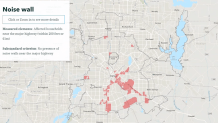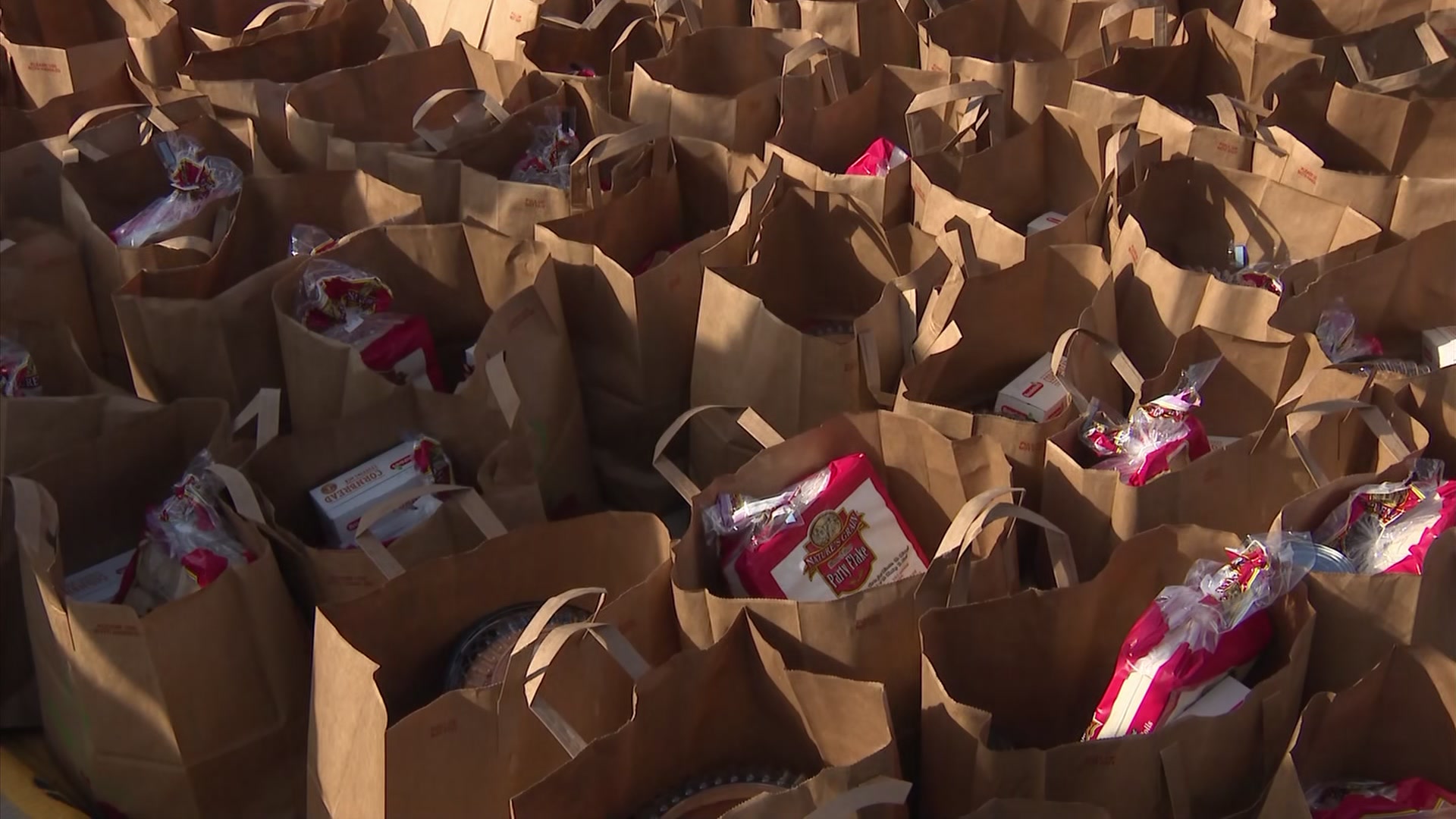A new study from Southern Methodist University Engineering experts found 62 infrastructure deserts in the City of Dallas.
Civil and Environmental Engineering Professor Barbara Minsker led the research project using public data and aerial maps.
“An infrastructure desert is a low-income area that has very highly deficient infrastructure compared to other areas of the city,” Minsker said.
The study considered 12 features of neighborhood infrastructure including streets, sidewalks, internet access to access to medical care. Neighborhoods deficient in eight or more characteristics were graded as infrastructure deserts.
Get top local stories in DFW delivered to you every morning. Sign up for NBC DFW's News Headlines newsletter.
An example is the neighborhood around Lenway Street and South Harwood Street.
It has bad sidewalks and crumbling street pavement. Freeways constructed through the neighborhood a generation ago lack sound walls to protect adjacent homes from noise.

“Imagine how you live with that all day. And there's huge health effects from that,” Minsker said.
Local
The latest news from around North Texas.
The data is plotted on maps in the SMU report to show in graphic detail which areas lack infrastructure.
Most are in Southern Dallas.
Dallas Mayor Eric Johnson said he was pleased with the work of SMU researchers.
“This is sort of showing you with data what we’ve all known anecdotally, folks like me who grew up south of I-30. We’ve always known that our sidewalks don’t look the same as they do in North Dallas. We’ve known that our street conditions are not as good,” Johnson said.
But Minsker said the research went further than Dallas city limits.
“We looked at three other cities, New York, LA and Chicago. And Dallas has the worst infrastructure of all of them, and the most inequity in terms of low income versus high income,” she said.
Now in his fourth term, Dallas City Councilman Casey Thomas has pushed for equity in city spending throughout his time at city hall.
He said past neglect happened systematically, institutionally and intentionally, it was not accidental.
“The illustrations, the maps show the depth of the inequality,” Thomas said about the SMU report.
With support from North Dallas Council Members, the city now has a policy to include equity in budget priorities.
Thomas said the results of public input for a new equity policy will soon be presented to the City Council for final adoption.
“We've got to over-invest in those areas that have historically been overinvested in. Once we do that, we'll begin to talk about equality,” Thomas said.
Mayor Johnson said it should not be possible to tell what part of the city you are in by looking at sidewalks, they should be the same high quality everywhere.
A large infusion of federal COVID-19 relief money is helping to boost spending in neglected areas, yet the problems are enormous.
For instance, federal money is providing an immediate $50 million dollar investment in sidewalks, but the City of Dallas has identified a backlog of $2 billion just in sidewalk needs.
“The current council is not to blame for the situation we’re in today. It is a product of years of neglect. But to this council’s credit, we’ve elevated addressing those historical inequities,” Johnson said. “It’s not going to be something we can solve overnight either because the dollar amounts are so significant. But what we’re going to have to have is a sustained effort over many years.”
Johnson said investment in the neglected areas will make the entire city stronger and does not come at the expense of North Dallas.
“Development of Southern Dallas is what’s going to allow you to have some tax relief ultimately,” Johnson said.
The Mayor said he will ask to have the SMU report provided to the entire City Council as a briefing to show the evidence about the magnitude of the Dallas problem.



